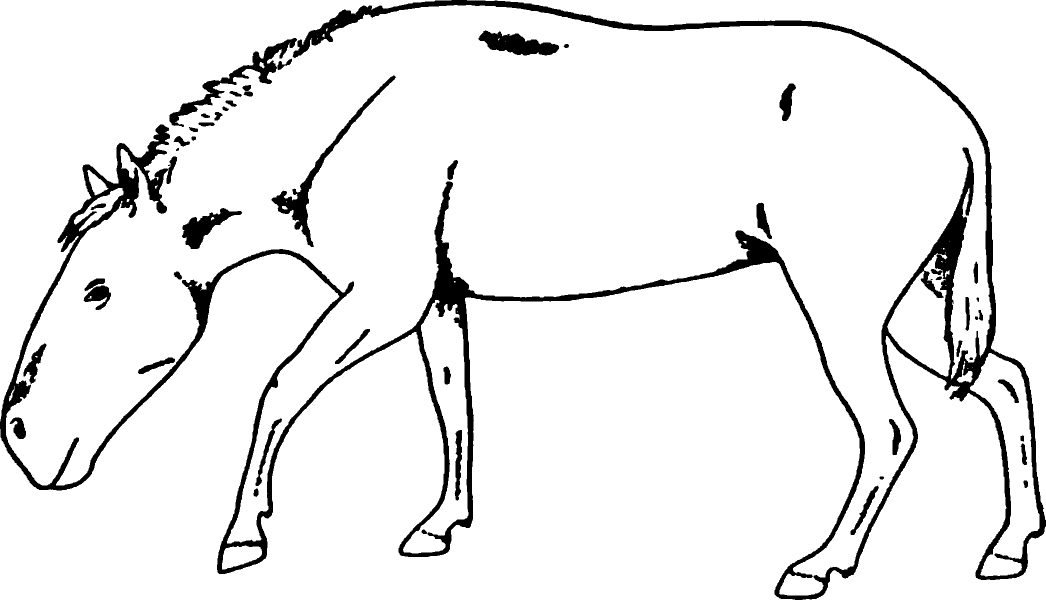<![CDATA[A skull belonging to a horse from the Ice Age was found at Canyon Creek, near Dawson City, CBC News reports. It was a spectacular find since it is the first time a whole horse skull from that era has been found. The skull was found by Yukon palaeontologist, Grant Zazula. He states that finding fragments of ice age fossils is very common, but finding a complete skull that is mostly intact is rare. The discovery was made last Wednesday. Ice Age horses were very different to the ones living today, and ranged differently in size. They lived along with woolly mammoths and other remarkable creatures during the Pleistocene epoch, that began about 2.6 million years ago. This period is marked by a grand scale glaciation, which was Earth's last Ice Age. These horses suddenly vanished in a span of about 400 years some 12,000 years ago. Scientists are divided about what event or events caused this to happen, as many other large animals and went extinct around the globe. These large animals include the saber-toothed cat and the diprotodon, which is similar in characteristic to the rhinocerous, but doubled as a marsupial. Scientists have a hunch on what happened to the horses though, as it was during this period of time about 20,000 to 10,000 years ago that humans crossed over from Asia through the Bering Strait to North America. According to a study done by some scientists in Massachusetts, which was published in the journal Proceedings of the National Academy of Sciences in 2006, the horses disappeared a couple of centuries before the woolly mammoth, and both genera may have gone extinct thanks to hunting by humans. The lead researcher, Andrew Solow, geostatistician at Woods Hole Oceanographic Institution in Massachusetts, states there are issues with extinction dates, but what should be taken into account are sampling issues. In their study, a confidence region was constructed, with a set of dates that can’t be ruled out with confidence as the extinction times. The dates showed the possibility of both the horses and mammoths surviving past the arrival dates of humans in North America. However, Solow doesn't believe that extinction of the horses was down to humans alone, and thinks it may have been more complicated than that. The extinction of these two creatures and more were wide-scale, and couldn't have been due to human intervention alone. However, studies have shown for sure that the Ice Age horses were indeed a part of the human diet during those times. The domesticated horses that we have today are actually descendants of European species. Zazula has held the Yukon Palaeontologist position since December of 2006, and his primary aim is to uncover the secrets of the species of animals living during the Ice Age. He states the find of a complete skull will be very useful. The results of his research will be presented in Germany this fall. ]]>
Age Horse Skull Unearthed in Yukon
